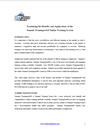
It is important to find the most cost-effective and efficient training in the market in today’s
economy. Constant innovative technology advances are occurring everyday in the market to
maintain a competitive edge and increase profitability for companies to succeed...
Sponsored by Summit Training Source Inc.
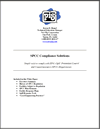
Simple ways to comply with EPA’s Spill Prevention Control and Countermeasures (SPCC) Requirements
Sponsored by New Pig Corp.
Summit’s Online OSHA 10 & 30 Hour training has proven to be one of the
most efficient and easy to use means of obtaining your DOL/OSHA course
completion card.
Sponsored by Summit Training Source Inc.
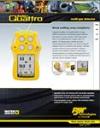
Rugged and reliable, the GasAlertQuattro four-gas
detector combines a comprehensive range of features
with simple one-button operation.
Sponsored by BW Technologies by Honeywell
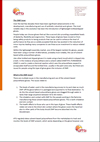
The DMF Issue
Over the last few decades there have been significant advancements in the development, manufacturing and use of synthetic industrial work gloves. The most notable step in this evolution has been the introduction of lightweight knitted/dipped gloves.
Sponsored by ATG Glove Solutions
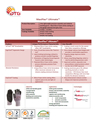
The MaxiFlex Ultimate offering 360˚ breathibility and maximum worker comfort.
Sponsored by ATG Glove Solutions
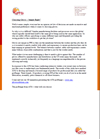
Choosing Gloves – Simple Right?
Well it seems simple, everyone has an opinion yet lots of decisions are made on emotive and
emotional preferences when it comes to choosing gloves.
Sponsored by ATG Glove Solutions
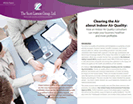
How an Indoor Air Quality Consultant
can make your business healthier
and more profitable.
Sponsored by The Scott Lawson Group
MEDIC First Aid’s flexible training programs meet the wide-ranging needs
of Washington state’s correctional facilities. MEDIC First Aid offers a flexible course design to train a variety of industry clients. This HSI Case Study explores challenges facing The Washington Department of Corrections and how they benefit from MEDIC First Aid.
Sponsored by Medic First Aid International Inc.
MEDIC First Aid offers a flexible course design to train a variety of industry clients. This HSI Case Study explores challenges facing Safety Resources International, a Health, Safety, and Environmental (HSE) consulting business and how MEDIC First Aid benefits companies like Safety Resources International.
Sponsored by Medic First Aid International Inc.